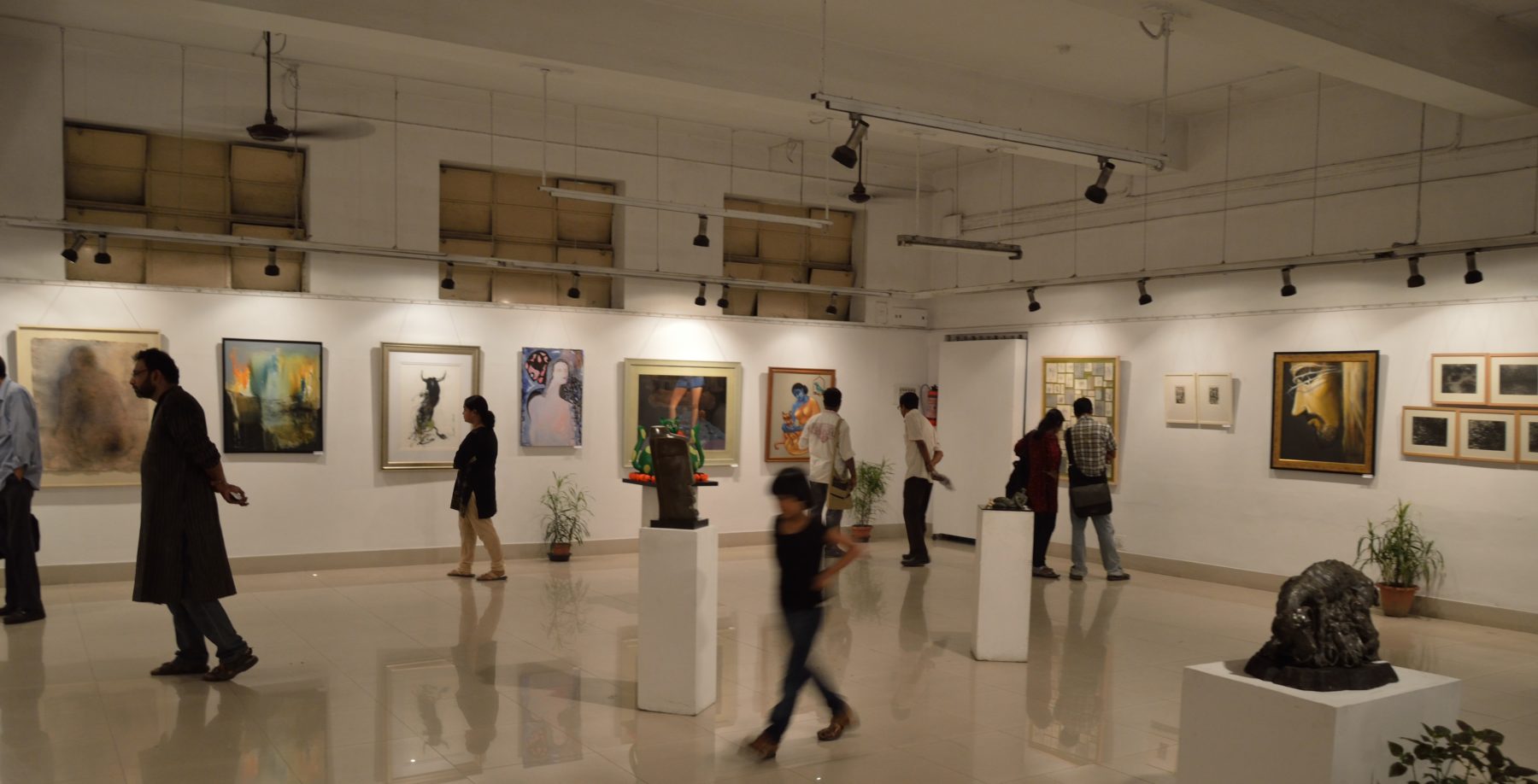1. Jackie Bailey, et al. Australia Council for the Arts. “Showcasing Creativity: Programming and Presenting First Nations Performing Arts“. 2016. Australia.
This report examines trends and practices in the Australian performing arts sector related to the Aboriginal and Torres Strait Islander peoples, and advocates for greater visibility and equity in the presentation of First Nations arts.
2. Bronwyn Mauldin. Grantmakers in the Arts Reader, Vol. 27, No. 2. “The Charitable Deduction: What Does ‘Tax Reform’ Mean for the Arts?“. 2016. United States.
This article speculates about the potential implications of United States federal tax reform on individual contributions to the American nonprofit arts and culture sector, accompanying the new presidential administration in 2017.
3. Harder+Company Community Research and Diane Espaldon. The James Irvine Foundation. “Experiments in Arts Engagement: Real-world examples and practical tips from the Exploring Engagement Fund”. 2016. United States.
This report examines the strategies utilized by the grantees of The James Irvine Foundation’s “Exploring Engagement Fund” to build sustainable relationships with communities of color and low-income individuals in California.
4. Nanos Research. Business for the Arts and the Ontario Arts Council. “Culture for Competitiveness: How Vibrant Culture Attracts Top Talent”. 2016. Canada.
This report analyzes a random survey of 500 skilled workers and 508 businesses in Ontario to ascertain the ways in which arts and culture is employed for talent recruitment and retention.
5. Juan Mateos-Garcia and Hasan Bakhshi. Creative England and NESTA. “The Geography of Creativity in the UK: Creative clusters, creative people, creative networks.” 2016. United Kingdom.
This report employs a framework of “creative clusters” to trace individual and institutional networks among participants in the United Kingdom’s cultural economy, as well as provides policy recommendations to further the growth of these networks.
